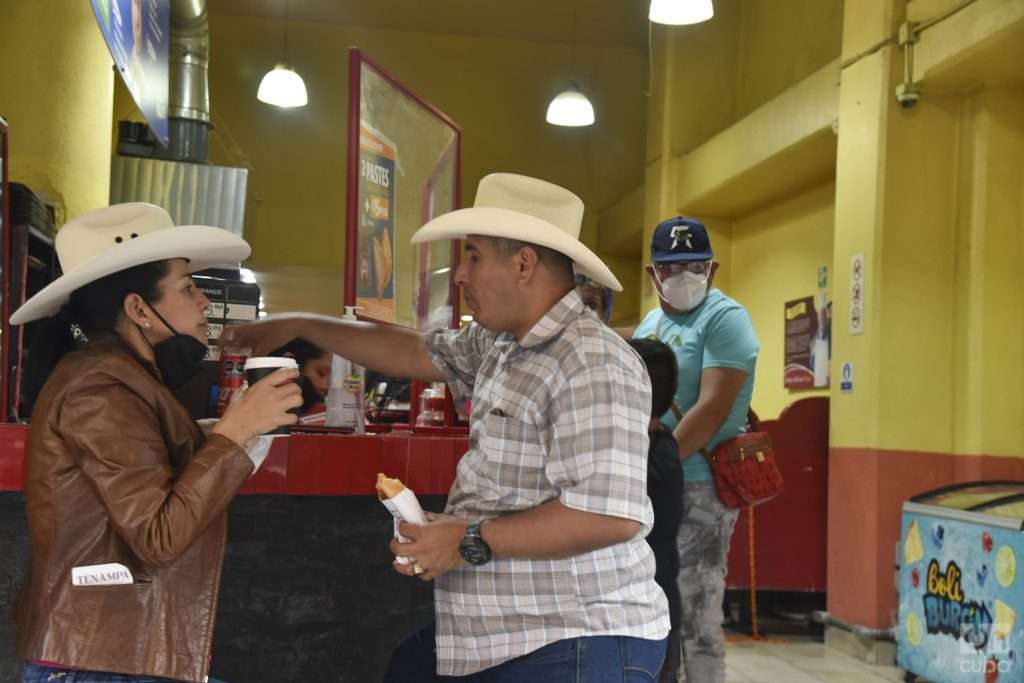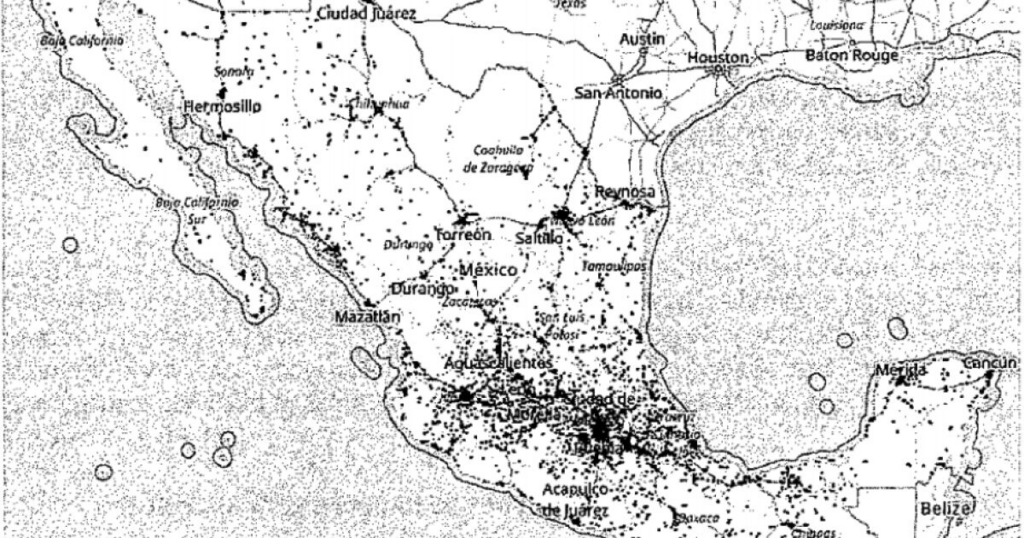They say that Juan Rulfo (1917-1986), the Mexican writer who only had to write a novel and a notebook of short stories to consecrate himself as one of the great Spanish-language writers of the 20th century, had more photography books in his library than of literature.
Several years ago, when I learned of this curiosity —I was never interested in verifying whether or not that information was true— I did not know that the author of Pedro Paramo Y The Burning Plaincultivated photographic art with as much passion as writing.
I immersed myself in his work and his photographs with intensity. I ended up, luckily, being one of his passionate readers and photographic admirers. His ability to portray the Mexican social reality from his characters was shocking. An exceptional and unique way. And there were no substantial differences between his literature and his photography.
With that Rulfonian baggage and many expectations, I recently landed in Mexico City. More than 100 years have passed since the writer was born and half a century since his first writings were published. However, it is possible to see his sociocultural gaze on the streets of the city. He is in the dynamics of everyday life. He constantly reproduces himself in the image and likeness of the crowd that fills the city every day.
An x-ray of Mexico, its history and its people Rulfo published in 1984, two years before he died. It is a work where the author displays the anthropological view of him that he used so much for his famous fiction books. It is titled “Mexico and the Mexicans.”
“Mexico was the balanced fusion between the great indigenous cultures and European culture in its Spanish form. The great ethnic, economic, social, and regional differences were resolved in the melting pot of mestizaje.” This is how it stands out in that article where, immediately afterwards, a particular on miscegenation is elaborated:
“Mestizaje is a Creole strategy to unify the dispersed, assert their dominance, fill the power vacuum left by the Spanish. Mexico in 1984 is populated by a minority that sees itself as Creole, and is more Americanized than Europeanized, and by vast predominantly indigenous majorities who, four centuries later, are still suffering from the defeat of 1521. They are no longer in the forests or in the inaccessible mountains: we find them at all hours in the streets of the cities.”
Another point touched on in this work is that of identity. “The problems of identity begin at this point: seen from Europe, there are nothing but “the Indians”. Seen from within, the aborigines know themselves as different from each other as the Norwegians and Hungarians can be, who, however, receive the common denomination of “Europeans”. The Indians of Mexico speak languages (not “dialects”) as different from each other as Italian and Polish.
That strong impression accompanied me in my days in the Aztec capital. Without a doubt I was permeated by Rulfo’s subjective gaze, his characters and the everyday scenes captured in the documentary photos he took (although the vast majority of his snapshots were not taken in the Mexican capital).
The times of Juan Nepomuceno Carlos Pérez Rulfo Vizcaíno, better known as Juan Rulfo, are my times. These photos and my view of Mexico and its people have their angel.






























